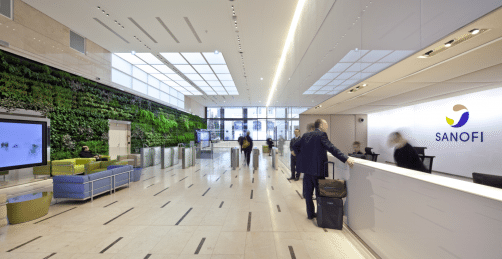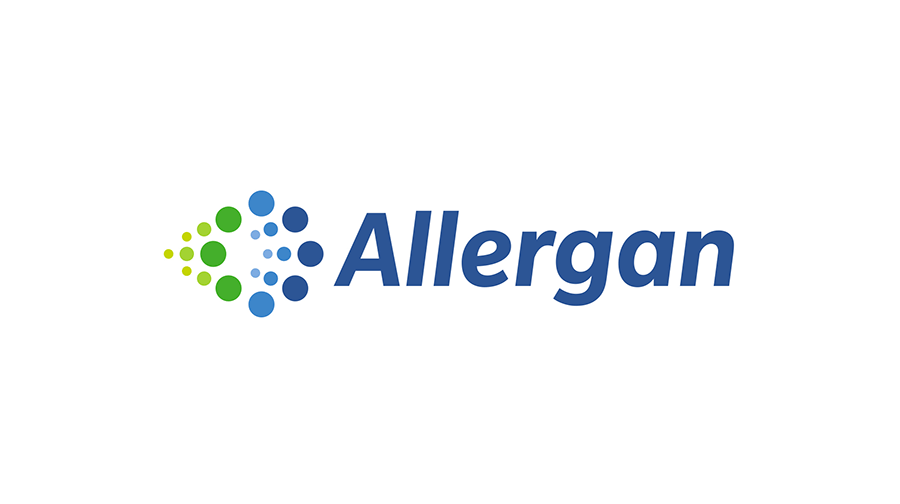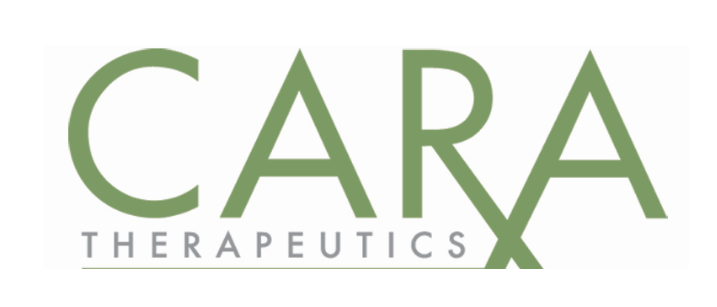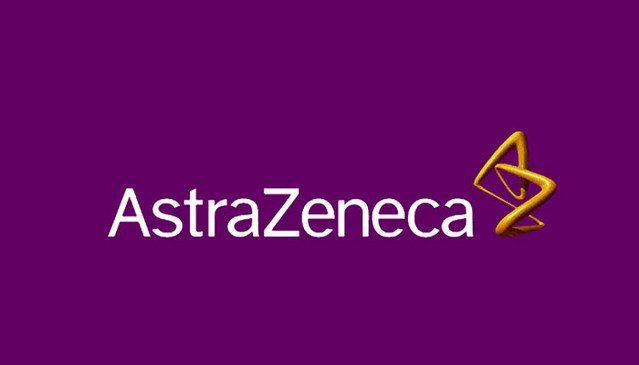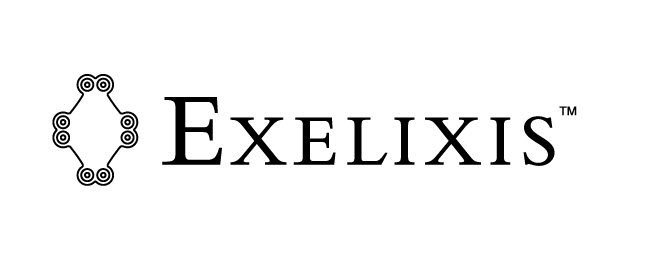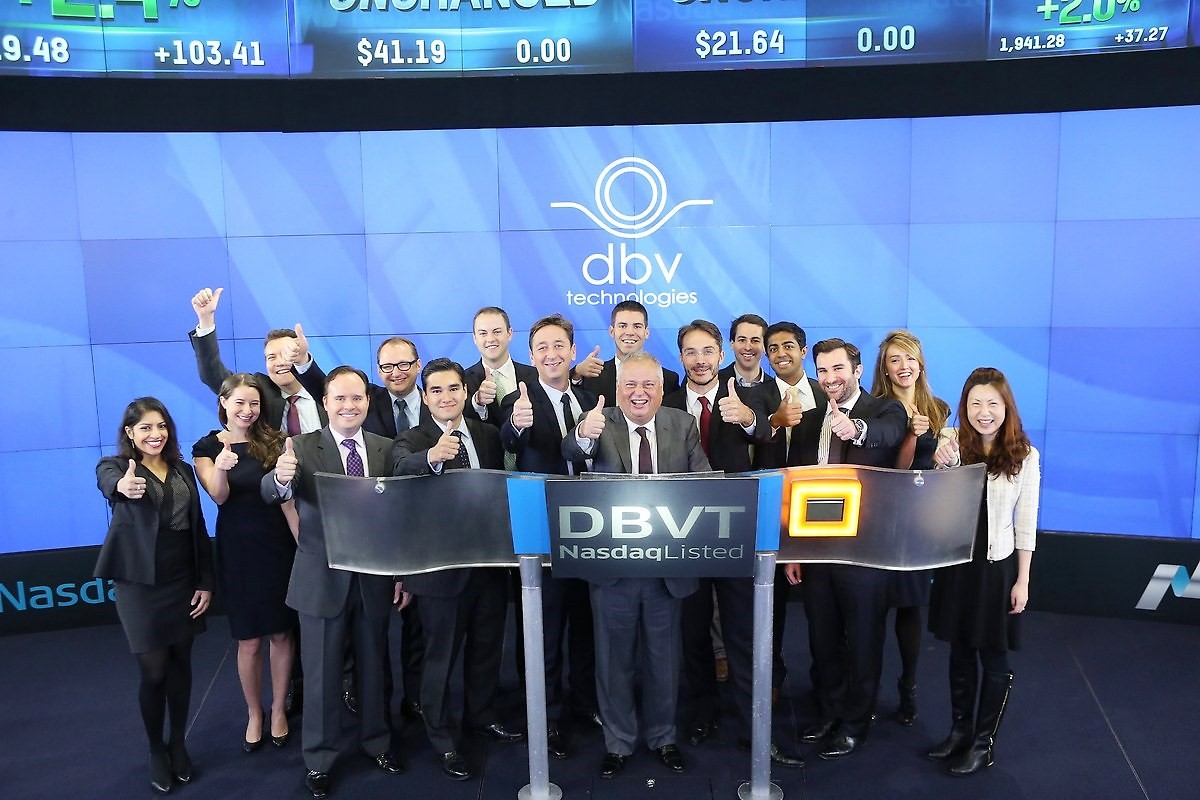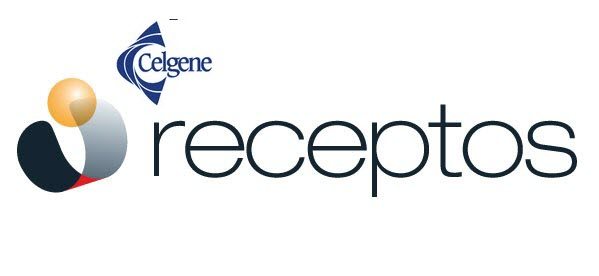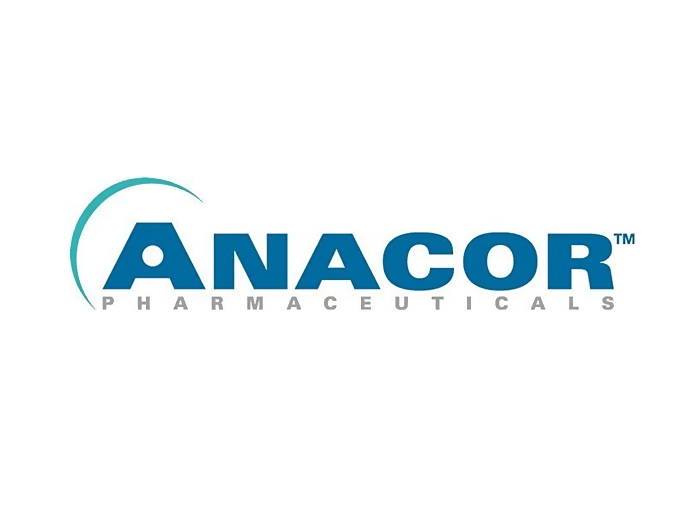On July 29, 2015, Sanofi (NYSE:SNY) announced that it had met the primary endpoint in its phase 3 study of LixiLan, a combination treatment targeting diabetes that combines lixisenatide with the company’s current top-selling insulin product Lantus. Just a day later, the company announced that it was entering into an immuno-oncology collaboration with Regeneron Pharmaceuticals, Inc. (NASDAQ:REGN) – hot off the heels of the FDA announcement that it was approving the Sanofi/Regeneron PCSK9 inhibitor, Praluent, targeting high cholesterol – an approval that sees the treatment become the first PCSK9 inhibitor to gain approval in the US. Further, on the same day, Sanofi reported its Q2 2015 financials. In other words, it has been a pretty big week for Sanofi, and one that warrants address. So, with this said, let’s look at each of these developments individually, and try to ascertain where they fit into the bigger picture for the company.
So, first, LixiLan. As we said, the treatment is a combination of the company’s current insulin product Lantus and a glucagon-like peptide 1 receptor agonist (GLP-1 RA) called lixisenatide. GLP-1 is a hormone released after humans eat meals, which suppresses glucagon secretion and stimulates insulin production. As an agonist, GLP-1 RA increases the production of GLP-1 and, as the latest trial results have shown, can work in tandem with a traditional insulin treatment to improve efficacy. The company had to phase 3 trials running, one that trailed the combination therapy in 1170 patients and a second that is ongoing, and studies the treatment in a further 736 patients. The primary endpoint of a statistically superior reduction in average blood glucose over the previous three months, when compared with the two components of the combination therapy used solo, came in as met in the initial 1170 patient trial. The second trial will complete during Q3, 2015. So what are we looking at from a timeframe perspective as far as getting approval and benefiting from any resulting upside market revaluation in Sanofi? Well, the company expects regulatory submission during Q4 this year in the United States and Q1 next year in the EU. Tack about six months on to each of those prospective timeframes, and we will be looking at approval somewhere midyear 2016 in the US and end of year 2016 in Europe. Worth noting are a couple of competing treatments, one of which is Novo Nordisk’s (NYSE:NVO) already European approved GLP-1 in combination with its current insulin treatment Tresiba (making a second attempt at approval after a 2013 rejection by the FDA) and Eli Lilly and Company’s (NYSE:LLY) Trulicity. In short, the next 12 months, this is likely to be a real hot space in biotech.
So, now to the company’s fresh partnership with Regeneron. The announcement highlighted a new collaboration between the two companies that will see them partner up on protein inhibitor REGN2810, currently in phase 1 trials. Sanofi will pay $640 million upfront, with a total of $1 billion invested in combination from the two companies ($750 million of which will come from Sanofi) for discovery through proof of concept studies on alternative monotherapy antibody candidates. Exactly what these candidates will be at the moment is pretty uncertain, as neither have specified in their announcement, but we will likely be looking at antibodies that work in collaboration with the current (and aforementioned) PD-1 inhibitor REGN2810. Conservative forecasts put the immune-oncology space at $10 billion annually over the next five years, and the latest play by Sanofi and Regeneron looks to position the two companies to take advantage of this growth.
Jumping ahead to the company’s current financial position, Sanofi reported €9.4 billion in sales during the second quarter of 2015, a 4.9% increase when accounting for constant exchange rates. The well profiled diabetes area of its current operations was expected to reduce, and did just that, coming in at a 3.8% decline on the quarter, but without this expected decline, total group sales came in at 7.3% higher quarter over quarter.
So, what’s the takeaway here? Well, it looks as though Sanofi is going all in immuno-oncology. As mentioned, the space is set to explode over the next five years, and if the Regeneron partnership bears fruit, both companies will be well-positioned to direct a proportion of the $10 billion sector valuation towards their own balance sheets. From a diabetes perspective, things are a little less clear, but the latest announcement keeps Sanofi in the running of a highly competitive race between itself, Eli and Novo.
More stories from Market Exclusive:
Progenics Pharma Soars, Here’s Why

